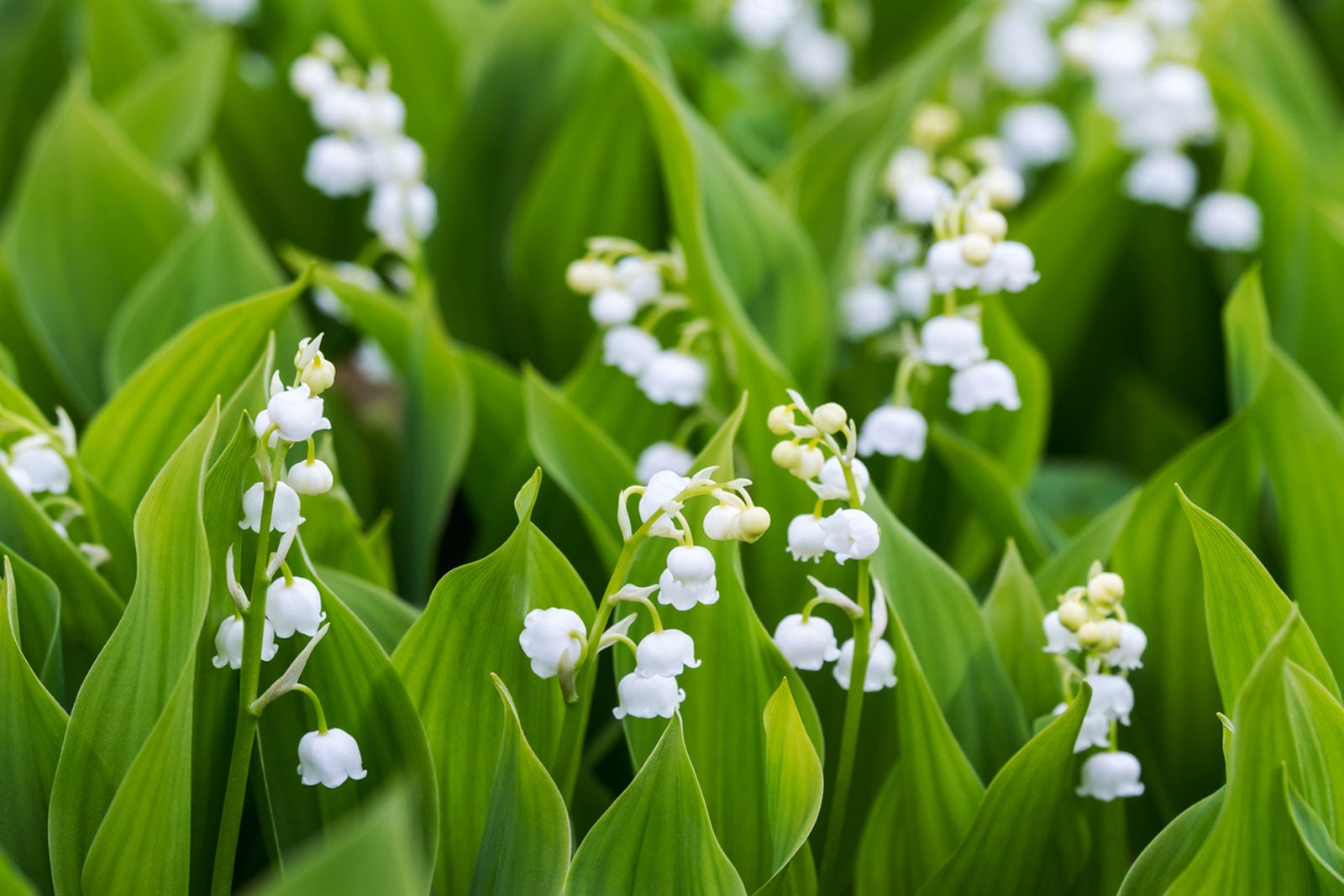Perennials To Avoid – What Are Some Perennials You Shouldn’t Plant


Most gardeners have a plant, or two, or three that they struggled with over the years. This likely includes some unruly perennial plants that were simply a mistake to put in the garden. Perennials are generally easy plants that come back each year, but some will cause you a headache. Learn from the mistakes of others, and avoid these difficult plants.
How Can There Be Perennials to Avoid?
For a gardener and plant lover, it can be hard to face the fact that there are some plants you just need to avoid. In some cases, it’s because they aren’t suited to your particular location. For instance, you’ll get nothing but trouble trying to grow a succulent in your waterlogged rain garden.
On the other hand, there are perennials that are just hard for anyone to love, no matter the local environment and conditions. Some take over and grow out of control, requiring constant pruning or they look unruly and messy. Others are toxic and dangerous, or they’re invasive and risk rooting out native plants in the area.
Perennials You Shouldn’t Plant
Before you put any perennials in your yard or beds, do your research to avoid issues. There are plenty of perennials you’ll regret, so know what you’re getting into first. Here are just some examples of perennials to avoid and the reasons why:
- Aloe vera – Aloe is a great plant if you have no pets. The succulent leaves are attractive to dogs that like to chew, but they’re toxic.
- Belladonna – Belladonna, also known as deadly nightshade, is pretty but deadly. It should never be a part of a garden with pets or kids.
- Mint – Who doesn’t love herbs? Mint is so easy to grow and comes in numerous varieties. But it will be the bane of your existence as it overruns everything else you grow. Keep this herb safely contained to pots.
- Mimosa and Japanese barberry – Both mimosa and barberries are nice plants, but they are also invasive. If you care about your native plants and the local environment, avoid them. They’ll spread, not just in your yard, but thanks to seeds and birds, into natural landscapes nearby. Barberry also harbors ticks that carry Lyme disease.
- Water hyacinth – Another invasive perennial, this aquatic plant is popular as a water feature filter, but water hyacinth will choke out other plants and even fish.
- Amaranthus – This stunning perennial is a nightmare for allergy sufferers. Amaranth produces a lot of pollen, so beware.
- Yucca – This is an example of a plant that requires more effort than it’s worth. To keep yucca looking tidy, you’ll be constantly removing dead leaves. And if you want to get rid of it, expect to dig deep.
- Lily-of-the-valley – While they’re pretty to look at and smell lovely, you might want to think twice before planting lily-of-the-valley flowers in your garden. The plant is prone to spreading quickly and getting out of hand. Control of this plant isn’t easy either. Additionally, lily-of-the-valley plants are toxic and not suitable around kids or pets.
Not all perennials are bad everywhere, so make sure you know your area. If in doubt about whether a plant is perennial or how it will do in your environment, check with your local extension office.
Sign up for the Gardening Know How newsletter today and receive a free copy of our e-book "How to Grow Delicious Tomatoes".

Mary Ellen Ellis has been gardening for over 20 years. With degrees in Chemistry and Biology, Mary Ellen's specialties are flowers, native plants, and herbs.